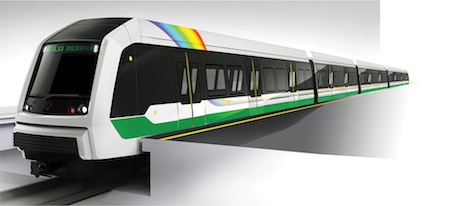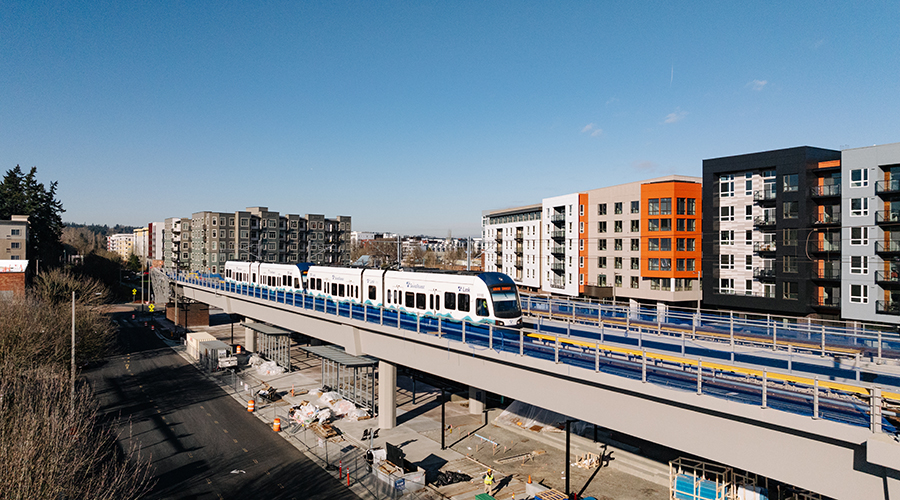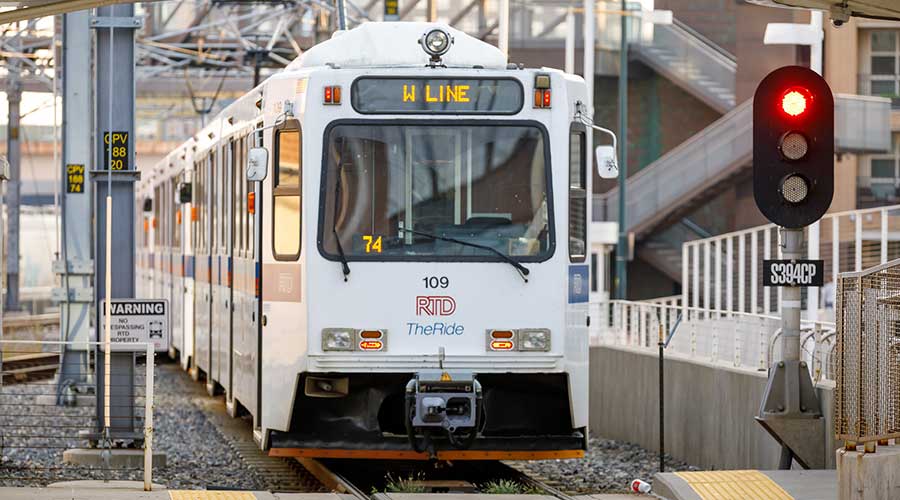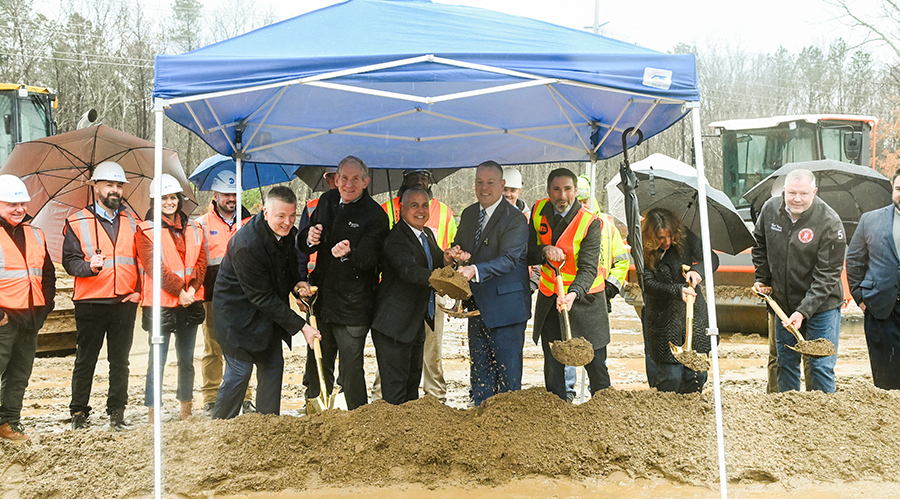Stay updated on news, articles and information for the rail industry
7/22/2016
Rail News: Passenger Rail
Honolulu transit agency awards $875 million contract for airport guideway, stations
The Honolulu Authority for Rapid Transportation (HART) on Wednesday awarded a design-build contract worth $874.75 million to the Shimmick Traylor Granite joint venture for the Honolulu International Airport guideway and stations project.
 Rendering of a HART rail car
Rendering of a HART rail carSource: Honolulu Authority for Rapid Transportation
The contract includes design and construction of 5.2 miles of elevated rail guideway and four stations. In April 2015, HART requested proposals for the project within a price range of $750 million to $875 million.
"We're certainly encouraged that the contract price falls within the range we estimated,” said HART Executive Director and Chief Executive Officer Dan Grabauskas in a press release.
The agency has been focusing on the rail system's first 10 miles for several years, he added.
"Now we look forward to building the next 5 miles of our project, and the four rail stations that go with them," Grabauskas said. "We're making real progress on a project that will deliver an affordable transportation option for our city's working families."
As part of the contract, the joint venture will build the Middle Street, Lagoon Drive, Pearl Harbor Naval Base and Honolulu International Airpot stations.
The joint venture is composed of Shimmick Construction, Traylor Bros. Inc. and Granite Construction.
HART is building a 20-mile passenger-rail system in Honolulu, which encompasses all of the island of Oahu. The first segment, which will run from Kapolei on the west side of the island to Aloha Stadium, is expected to open in 2018.
The entire system is slated to be fully operational in late 2021.


 LRW Honors Amtrak’s Acheson As Railway Woman Of The Year
LRW Honors Amtrak’s Acheson As Railway Woman Of The Year
 From Editor-In-Chief Foran: Of Gender Equity And Inclusion
From Editor-In-Chief Foran: Of Gender Equity And Inclusion
 Spotlight On Some Of Today’s Rail Safety Products
Spotlight On Some Of Today’s Rail Safety Products
 Women of Influence in Rail eBook
Women of Influence in Rail eBook
 railPrime
railPrime







